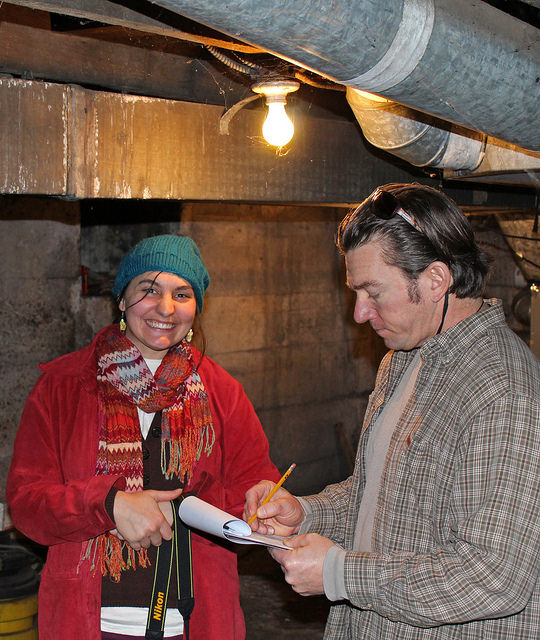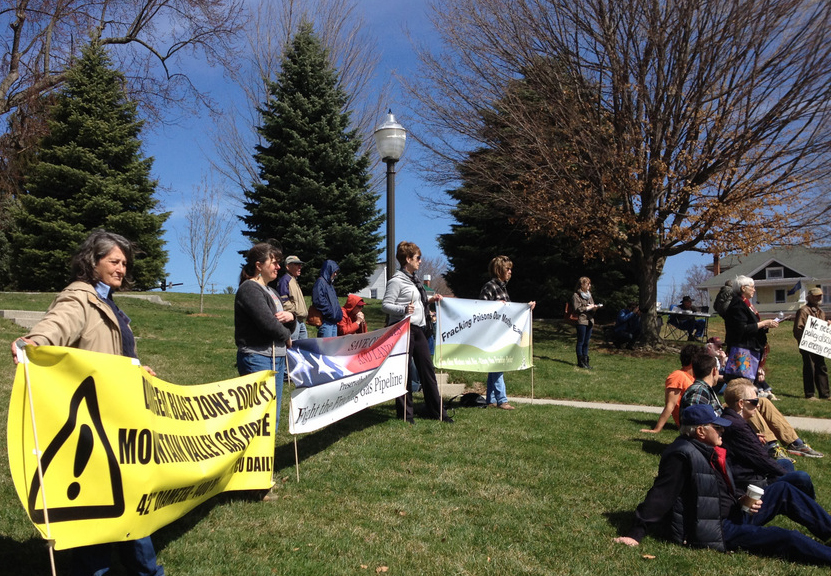Cleaning Up Coal Ash
For well over a century, power plants across the country have burned coal to generate electricity. And for just as long, leftover coal ash has been dumped in open, unlined pits near the power plant, usually located on a river or lake. Every year, U.S. power plants produce 130 million tons of coal ash, which is the second largest waste stream in the country after municipal garbage.
Coal ash concentrates the toxic heavy metals found in coal, including arsenic, mercury, lead and selenium. Stored in unlined, wet impoundments, coal ash has been leaking these toxics into our groundwater and surface waters for years. Sometimes these impoundments collapse — with disastrous results.
Yet government regulations for coal ash management are either non-existent or sparse, and there is little enforcement of the regulations that do exist. In North Carolina, this lack of oversight — and the complicity between state regulators, elected officials and Duke Energy — came to a boiling point in February 2014 when one of Duke’s coal ash impoundments spilled 39 million tons of ash into the Dan River.
Citizens living near North Carolina’s 33 coal ash impoundments — all of which have leaked — have fought for transparency from Duke and the state, and for cleanup of the pollution that threatens their property value, health and family. Their actions forced this issue into the headlines of news networks and to the forefront of environmental justice conversations in the United States.
Appalachian Voices stood with these communities as we worked for years to compel Duke Energy and the N.C. Department of Environmental Quality to excavate coal ash from all the North Carolina sites and dispose of it either in lined, dry landfills, away from waterways, or by recycling it for concrete or other uses, provided it’s done in a manner that protects public health and the environment.
On Jan. 2, 2020, North Carolina announced a historic settlement with one of the state’s most powerful corporations and polluters, Duke Energy. The settlement requires Duke to move nearly 80 million tons of toxic coal ash at six of its power plants to properly lined landfills onsite or recycle it.

Learn information about specific coal ash impoundments in the South, including health threats and safety ratings:
Additional Resources
Fact sheets, videos, links to academic research, and more
Sign Up to Act
Help us protect the health of our communities and waterways.
Latest News
TVA 20-year Plan Heavy on Natural Gas, Nuclear
The Tennessee Valley Authority announced in March that…
WV Coal Lab Penalty Upheld
The West Virginia Environmental Quality Board upheld a decision by the state Department of Environmental Protection to revoke the certification of Appalachian Laboratories Inc., where employees routinely conspired to violate the federal Clean Water Act.
Campaign to Bring Energy Savings to the High Country Gaining Momentum
The High Country Home Energy Contest has come to a close, but the winners are already seeing tangible results from the upgrades they won.
Helping Residents Stand Up To Pipelines
With the proposed development of the Atlantic Coast and Mountain Valley pipeline proposals, our team has been helping to alert citizens about ways to engage in fracked gas pipeline issues and express concerns about these risky plans.
Going to Court for Clean Water
In mid-March, Appalachian Voices and our partners in Kentucky sued Frasure Creek Mining in federal court for more than 20,000 violations of the Clean Water Act, which could lead to nearly $700 million in fines.
Fossil Fuel Industry Losing Investors
Brevard College in North Carolina became the first academic institution in the Southeast to take steps towards divestment from fossil fuels, and PNC Financial announced that it will no longer finance individual mountaintop removal projects or coal mining companies that utilize mountaintop removal to extract 25 percent or more of their coal.








